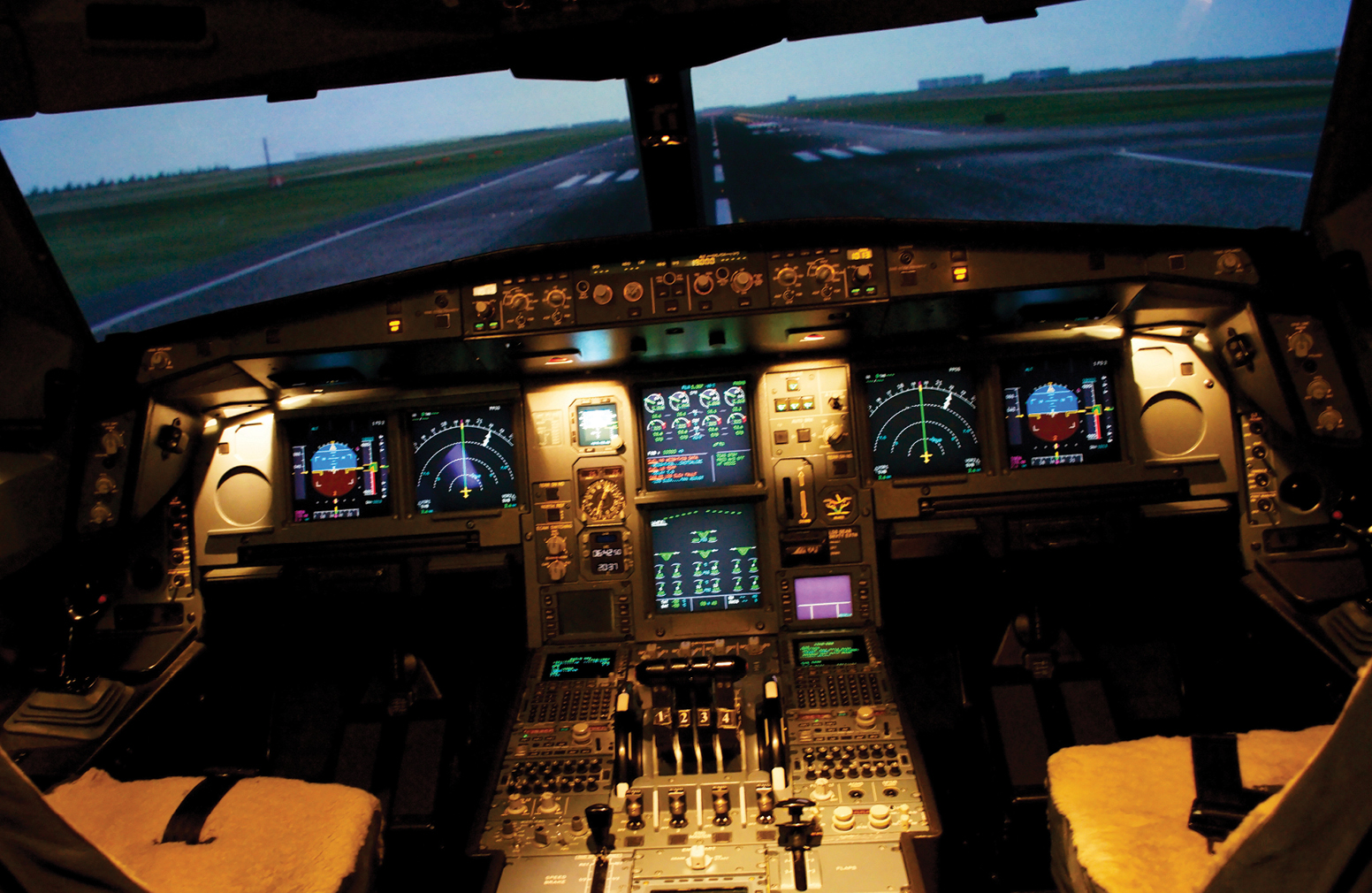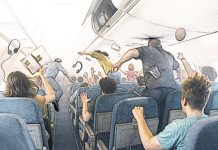- During level flight, if the pilot needs to use an alternate source of static pressure vented inside the aircraft, which of the following could the they expect?
- an increase in airspeed and indicated altitude
- vertical speed will show a momentary descent
- a decrease in airspeed and indicated altitude
- an increase in airspeed and decrease in altitude
- During the conduct of a circling approach, what is the maximum distance in nm from the runway a CAT B aeroplane can manoeuvre?
- 1.66
- 2.68
- 2.66
- 1.68
- What is the minimum obstacle clearance when descending below the minimum descent altitude (MDA) in a CAT B aircraft during a daytime circling approach?
- 400 feet
- 500 feet
- you cannot descend below the MDA unless you are commencing descent to land
- 300 feet
- When manoeuvring your aircraft to align with the runway centreline during a day circling approach, which condition is NOT applicable?
- remaining within the circling area
- remaining at or above the circling MDA
- maintaining visual reference
- continuously in sight of ground or water
- An MDA for a circling approach is referenced to?
- aerodrome elevation
- threshold elevation
- mean sea level
- aerodrome reference point
- An IFR aircraft cleared for an instrument approach to a Class D aerodrome with
active ATC, after becoming visual, has a clearance limit of?- the nominated runway
- 500 feet above the runway threshold
- 1 nm from the threshold
- the circling area
- For an IFR flight operating in VMC, ATC authorisation for a VFR climb or descent applies in which airspace?
- Class C only
- Class D only
- Class D and E airspace only
- any class of airspace
- The pilot of an IFR flight departing an aerodrome with active ATC may request a VFR departure under what conditions?
- from any controlled aerodrome with the expectation to receive an IFR clearance enroute
- from a Class C aerodrome with the expectation to receive an IFR clearance enroute
- only when departing for cruise in Class E airspace
- from a Class D aerodrome with the expectation to receive an IFR clearance enroute
- An unpressurised IFR flight in Class E airspace, tracking 090 M at 9,000 feet, is experiencing turbulence, and the cloud tops are 100 feet higher than the aircraft. A VFR on‑top clearance is requested. What level must be maintained?
- any altitude that keeps the aircraft clear of cloud below 10,000 feet
- 9,500 feet
- any VFR level that complies with the VMC requirement of 1,000 feet vertically clear of cloud that is accepted by ATC
- 10,000 feet
- Can an IFR flight request a VFR on-top clearance between layers of cloud?
- yes
- no
- Why are stop bars installed at major airports?
- they improve low visibility operations
- they require no special equipment in the aircraft
- they require the pilot or driver to stop and hold at a lit stop bar
- all of the above
- Can you enter a runway from a taxiway after ATC has instructed you to line up if the stop bars are still illuminated?
- yes, as you have been cleared to enter
- no, you cannot enter and must immediately query the instruction with ATC
- yes, provided you visually confirm the runway and its approach area are clear
- yes, you can cross the stop bar and enter the runway
- Can you cross an illuminated stop bar to enter a runway?
- no, not under any circumstances
- yes, provided you are cleared by ATC to enter the runway
- yes, provided ATC have authorised you to cross the stop bar with the phrase, ‘at (holding point), cross the illuminated stop bar, runway (number)’
- yes, only if your clearance requires no back tracking on the runway to position for take-off
- Stop bars installed at major airports are a series of unidirectional red lights embedded in the pavement and are located where?
- At right angles to the taxiway centreline, at the associated runway holding position
- at the side of the runway indicating 300 m to the runway end.
- the taxiway edge, at the associated CAT II/III holding point, illuminated only during low visibility operations
- at right angles to the taxiway centreline, at the associated GLS protection area, illuminated only during low visibility operations
- When does the private IFR (PIFR) rating authorise a user to act as pilot in command?
- single pilot under the IFR anytime in any aircraft
- single pilot under the IFR by day and night in any single-pilot aircraft
- single pilot under the IFR by day only in any aircraft
- single pilot under the IFR by day in a single-pilot aircraft not greater than 5,700 kg MTOW






Comments are closed.